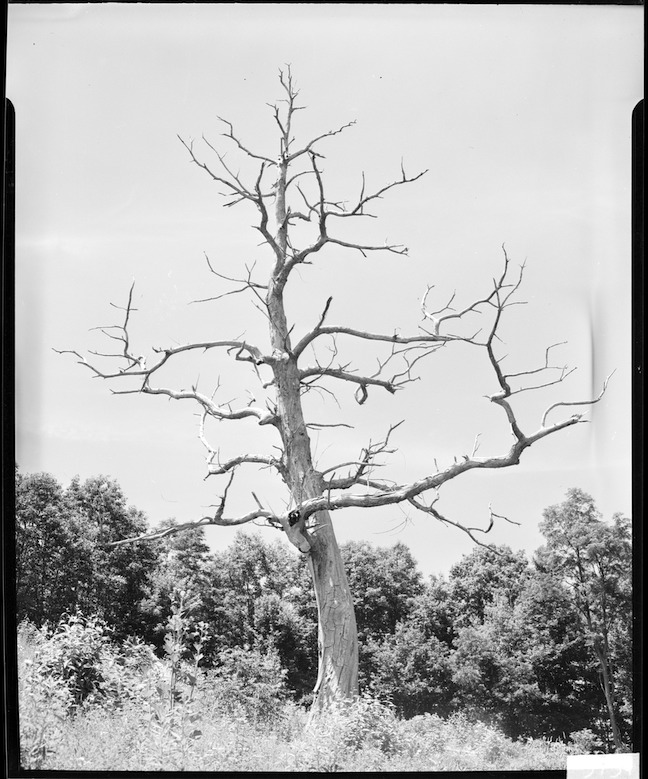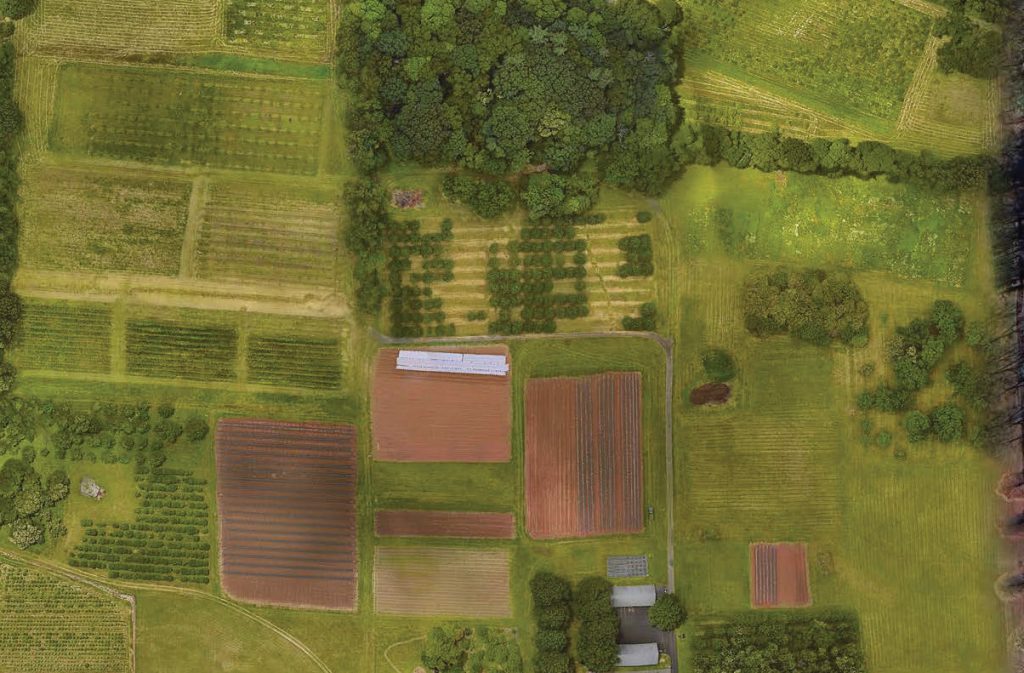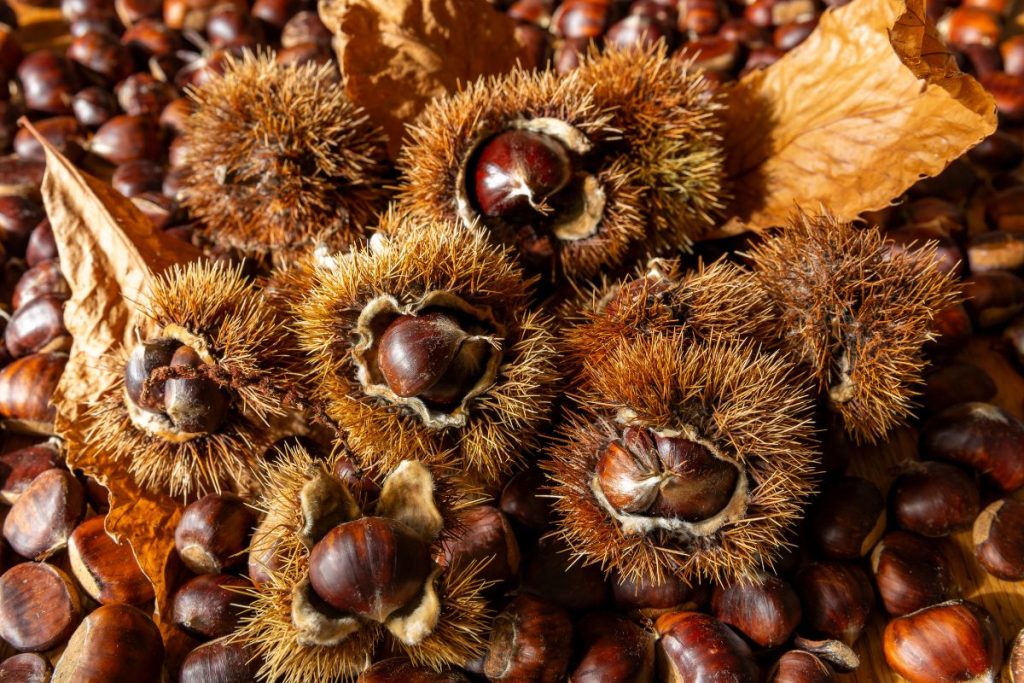Fall ’25 Bare-Roots – Order Now
Fall ’25 Bare-Roots – Order Now
|
The historic loss of the American chestnut (Castanea dentata) tree is well-documented, here and elsewhere. A quick summary of what happened: at the start of the 20th Century, a fungus accidentally brought over from Asia caused a blight that wiped out over four billion American chestnut trees over the next couple of decades. The loss of this majestic and bountiful tree caused great ecological harm and destroyed a rich chestnut culture in communities throughout the eastern U.S. Read our previous blog on the loss of the American chestnut to learn more.

While American chestnut trees were dying off by the billions, other blight-resistant species of chestnut in Asia and Europe continued to thrive. Chinese and Japanese chestnuts (Castanea mollissima and C. crenata) have co-evolved alongside the chestnut blight over millennia, and thus have tolerance to infections that prove deadly to the American chestnut species. Meanwhile, the European chestnut (Castanea sativa) has developed a better tolerance to the blight due to the presence of mycoviruses in that infect the fungus. Some of these chestnut trees are thousands of years old, like the Sweet chestnut in Portugal below.
As the blight spread, early plant breeders began searching for resistant trees to restore into the wild and plant out in orchards for nut production. They also started crossing American chestnut with its cousins in China (Castanea mollissima), Japan (Castanea crenata), and Europe (Castanea sativa). Given the blight co-evolved with the Asian species of chestnut, these efforts quickly bore fruit. The oldest of these research efforts occured in and around the Connecticut Agricultural Experiment Station under the sustained direction of chestnut pioneers Dr. Arthur Graves and his acolyte Dick Jaynes. In the 1960’s, Dr. Sandra Anagnostakis then picked up the mantel and expanded this important work for the next 50+ years. Many hybrid chestnut varieties now being planted in orchards across the eastern U.S. have come from this seminal work.

For the past several decades, pioneering farmers in the Midwest grew mature orchards of select chestnut cultivars and further selected the best-adapted and most productive trees for the region. These lead growers include Greg and Amy Miller of Route 9 Cooperative, their neighbor and Co-Op member Bob Stehli of Wintergreen Tree Farm, and Tom Wohl of Red Fern Farm. The commercialization of the domestic chestnut industry has also been supported by several key institutional partners: The University of Missouri’s Center for Agroforestry and Chestnut Improvement Network, The Savanna Institute, The Northern Nut Growers Association, and the Chestnut Growers of America. These efforts have led to the establishment of thousands of acres of new chestnut orchards over the past several years, including by our friends at Breadtree Farms and Propagate Ventures.

While new chestnut orchards planted with mainly Chinese and hybrid chestnuts have thrived in recent years, the effort to bring bring back the American chestnut has been slow and challenging. The American Chestnut Foundation (ACF) has been working to restore the American chestnut to its native range through the selection and breeding of blight-resistant trees. The American Chestnut Research and Restoration Project at SUNY ESF has been developing a transgenic American chestnut, called Darling, which is undergoing continued testing and regulatory review. The work continues and can be tracked here. The project has shown some promise, but has faced a series of setbacks in recent years leading to a fallout with ACF, one of its major backers. It remains unclear when we might have blight-resistant American chestnut to replant along its historic range.
Despite the loss of our local chestnut, we can still produce delicious, large, blight-resistant chestnuts here in North America. At Arthur’s Point Farm, we’re planting orchards of Chinese chestnuts (Castanea mollissima) and Chinese-American hybrids, mostly sourced from our friends at Red Fern Farm and Route 9 Cooperative. We also grow chestnut trees for sale in our nursery shop. The number of new blight-resistant chestnut orchards being planted in the U.S. is growing rapidly, but is still far below what would be needed to meet current U.S. demand, and demand is far below what it once was.